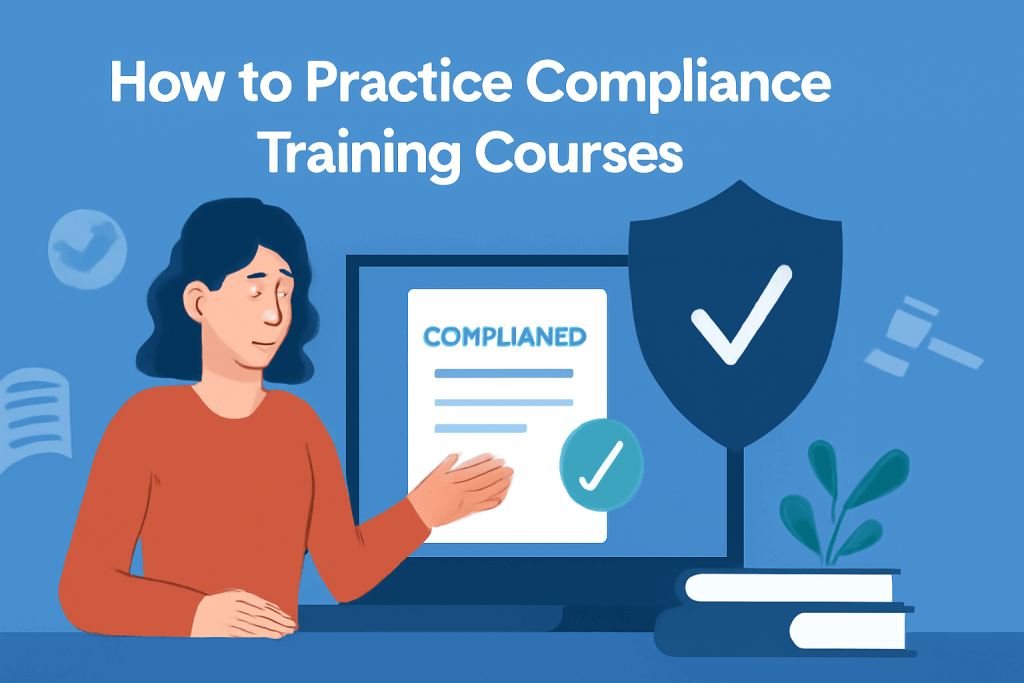Keeping up with workplace rules and regulations isn’t always easy, but falling behind can lead to serious risks for both employees and businesses. That’s why compliance training courses have become an essential part of professional development across all industries. This blog will guide you on how to effectively practice compliance training courses.
1. Choose the Right Training Format
Choose a training format that aligns with the requirements of your team. Some people learn best through reading, while others are more interested in watching videos or doing hands-on activities.
The use of online courses, in-person classroom sessions, or a combination of the two is an option. Online training is good for remote teams and saves time. In-person training allows for face-to-face questions and group talks. Choosing the right style helps everyone learn better and stay interested.
2. Create a Consistent Training Schedule
Training is not something that should be done just once. When done on a consistent basis, it is most effective.
Establish a timetable for employees to follow so that they are aware of when they can anticipate receiving training. Either once a month, once every three months, or whenever there is a change in the rules.
It is easier for people to remember what they have learned when they practice it regularly. In addition to this, it ensures that everyone is up to date on the latest company rules and laws.
3. Use Real-World Scenarios
When training is presented with real-world examples, it is much simpler to comprehend. Construct straightforward narratives or case studies that illustrate the various scenarios that may occur in the workplace.
For instance, demonstrate how to identify a breach in data security or how to report unsafe behavior. When employees are able to apply rules to their day-to-day activities, they are more likely to adhere to those rules. Real situations make the lessons more useful and easier to remember.
4. Encourage Participation and Feedback
Make sure that your workouts are not dull but rather active. You can start group discussions, ask questions, or administer quizzes. Let people ask questions about things they do not understand or share their ideas with you.
Feedback from staff helps you know what’s working and what needs to improve. If training feels open and friendly, people are more likely to join in and learn more.
5. Track Progress and Assess Understanding
It’s important to know if the training works. Use quizzes, short tests, or checklists to measure what people have learned. You can also keep records of who has completed training. Tracking helps you find out if someone needs extra help. It also shows that your business takes training seriously. Regular checks make sure everyone stays on the right path.
Foster a Safer, More Responsible Workplace
In conclusion, fostering a safer, more responsible workplace begins with well-executed compliance training. Keep refining your approach, stay updated on industry changes, and encourage open communication—because a culture of compliance isn’t just a requirement; it’s a long-term investment in your company’s success.
Cassia Rowley is the mastermind behind advertising at The Bad Pod. She blends creativity with strategy to make sure ads on our site do more than just show up—they spark interest and make connections. Cassia turns simple ad placements into engaging experiences that mesh seamlessly with our content, truly capturing the attention of our audience.


